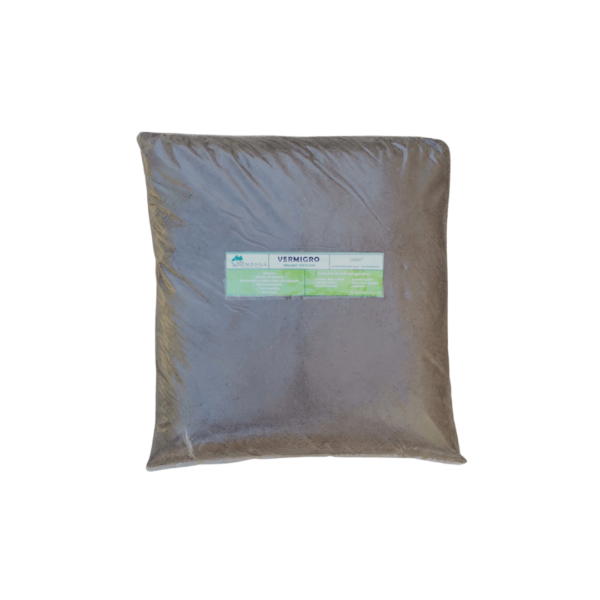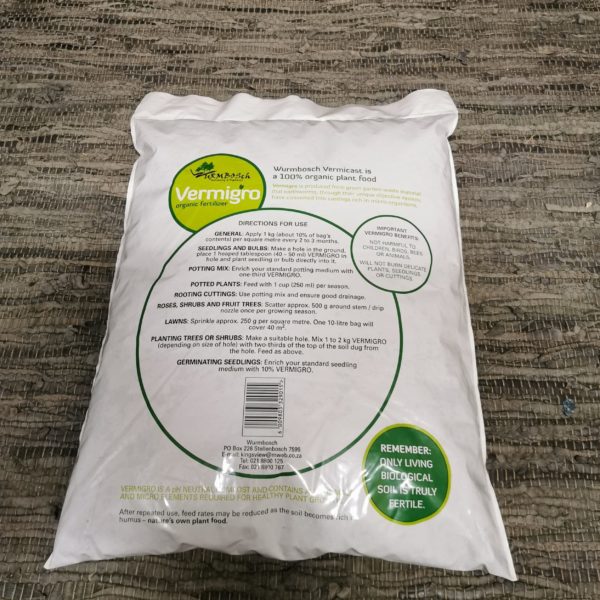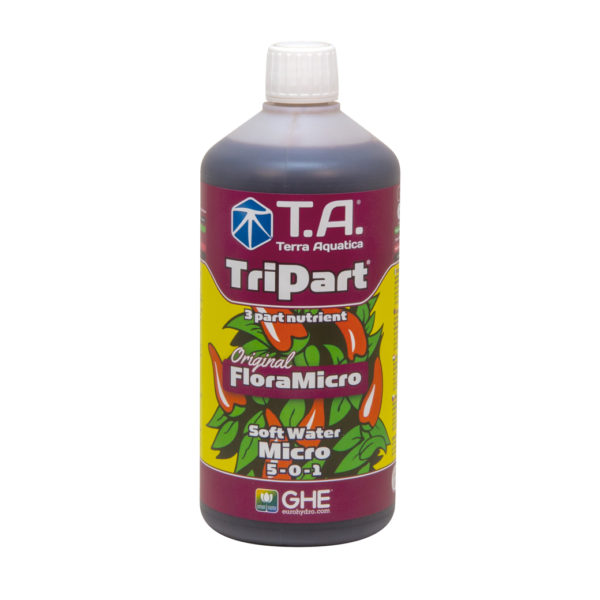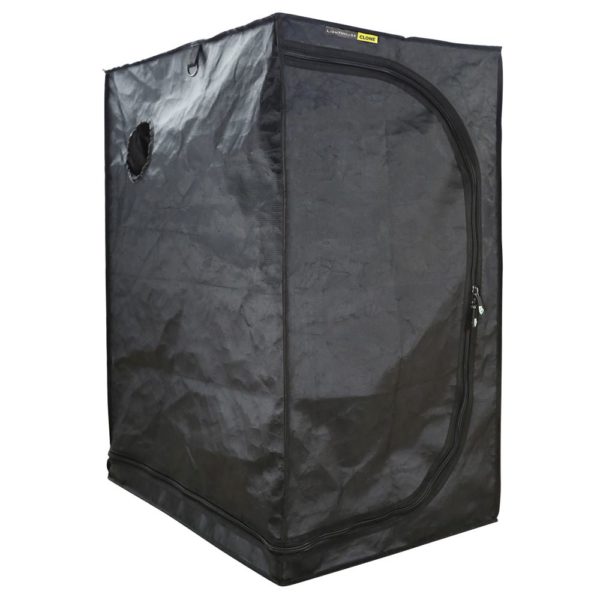Bat Guano – 5kg
R420.00 Incl
A powerful Natural Fertilizer
Very high in calcium and phosphorous and has significant amounts of nitrogen and potassium as well as a broad range of other essential nutrients.
It is perfect for using as a top dress or for making tea’s


Proudly South African.
This product is locally sourced.
 Pay over 3 EQUAL zero-interest
instalments of R140.00 with PayJustNow.
Pay over 3 EQUAL zero-interest
instalments of R140.00 with PayJustNow.
Find out how...
PayJustNow is a simple, easy-to-use payment system.
Here’s how it works:
PayJustNow allows you to pay for your purchase over 3 equal, zero interest instalments. You’ll pay one instalment at the time of purchase, the next at the beginning of the following month and the last one a month thereafter.
#zerointerest

Step 1:
Browse your favourite online stores and proceed to check-out.

Step 2:
Choose PayJustNow as your payment method.

Step 3:
Create your account as easily as if your eyes were shut (though we’d recommend you keep them open).

Step 4:
Complete your purchase and whoop for joy!
Here’s what you’ll need:
 A valid RSA ID document
A valid RSA ID document
 To be over 18 years old
To be over 18 years old
 An email address
An email address
 A SA Bank issued debit or credit card
A SA Bank issued debit or credit card
- Description
- Additional information
- Reviews (0)
Description
Bat Guano
Bat guano is a particularly powerful fertiliser as it is generally deposited in caves and is not leached by rain.
It consists of the remains of insects and other bat food sources and the remains of the bats themselves. It decomposes rapidly and builds up in a slightly acidic layer on the cave floor.
It is very high in calcium and phosphorous and has significant amounts of nitrogen and potassium as well as a broad range of other essential nutrients.
How to use:
- Use it as an amendment when first preparing your soil at the rate of 1 tablespoon (15 mls) per litre of soil. (Use more if you like, it won’t burn the plants like a chemical fertiliser. Some internet sources recommend double this amount.) Use a purchased “super-soil” or put together your own soil combination.
- An excellent soil mix is 4 parts good quality potting soil to 1 part fresh vermi-compost (or substitute normal compost if you really can’t get vermi-compost), 1 part composted manure (chicken litter pellets are widely available but any well composted manure will do) 2 parts coco coir (well washed) and 1 part perlite or vermiculite.
- Add the guano, as recommended above, and crushed dolomitic lime at a rate of around 5 to 7.5 mls per litre of soil. Guano and some other organic fertilisers can be mildly acidic. Healthy soils regulate their PH naturally and cannabis likes acidity, but crushed dolomite helps buffer any excess and releases calcium and magnesium. It is a basic agricultural item and every garden centre or nursery near you will stock it. This is particularly important if you are using fish emulsion as a supplementary feed as it can be very acidic. Volcanic rock dust and dried kelp meal are also beneficial but are not essential.
- Inoculate with mycorrhizal fungus spores. This is highly recommended. A good way is to dust the root ball of your cutting or seedling with the spores as you plant them in the soil. If planting seed directly dig the spores in around the planting site before planting. (If using Trichoderma (harzianum or asperellum) don’t add them at this stage. Allow the mycorrhizae at least 2-3 weeks to colonise the plant’s root systems before introducing them.)
- Your young cuttings or seedlings will thrive in this mix. The guano breaks down and the phosphate drives root growth. Supplementary feeding with aerated compost and manure teas, lucerne tea and kelp, fish emulsion/hydrolysate, seabird guanos, blackstrap molasses, concentrated molasses sollubles (cms) etc will boost N and K and ensure explosive all-round growth.
- Worm tea and other microbial additions are very beneficial. You can be as elaborate or as simple as you want. (You can make fish emulsion and molasses or cms your easy, go-to, supplementary feed and get more creative as and when you have the inclination and time.)
- For grows with a relatively long vegetative growth period (more than 4-5 weeks) you may want to give the guano a boost with top-dressings during the vegetative stage. (See the top-dressing instructions under flowering.) For long outdoor grows which may veg for several months, use your discretion.
Additional information
| Weight | 5.2 kg |
|---|---|
| Dimensions | 33 × 18 × 33 cm |
Only logged in customers who have purchased this product may leave a review.

















Reviews
There are no reviews yet.